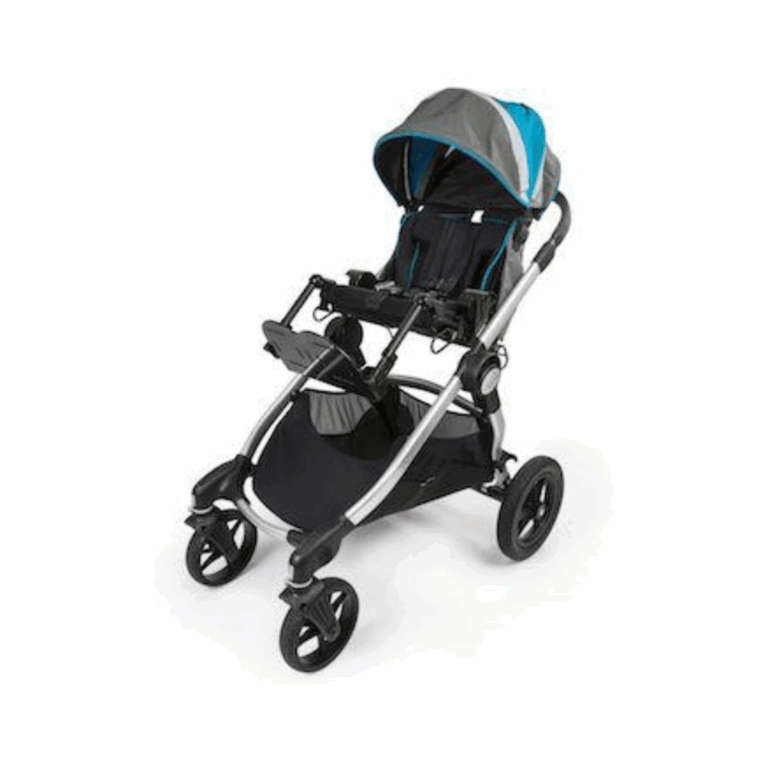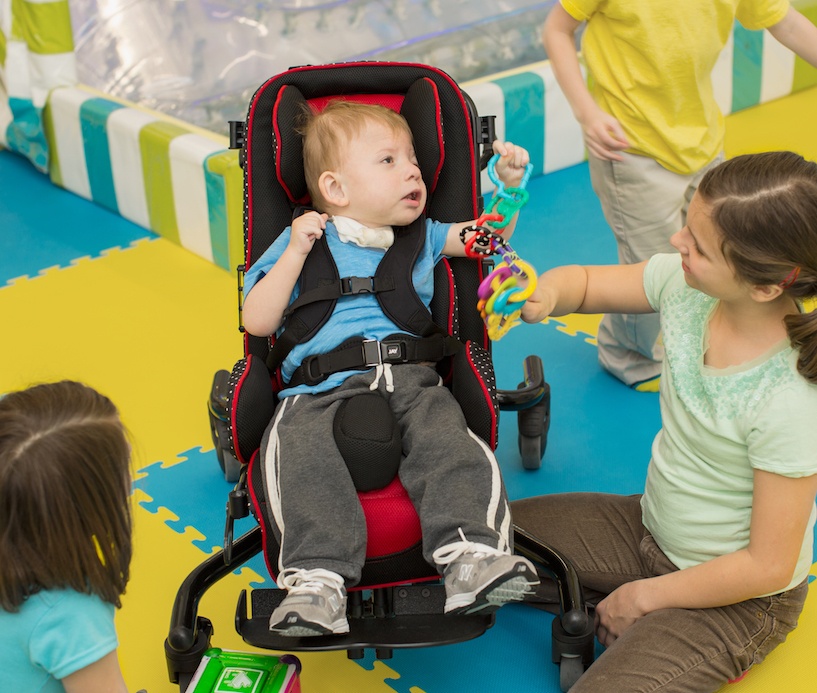Strollers
Get mobility and convenience.

Use & Benefits
Custom comfort for little movers
Complex Rehab Technology (CRT) Strollers differ from regular strollers in how they collapse, the type of supports available, and how they adjust for growth. When you need a simple way to get your child around, or when time is a factor, strollers fill in the gap.

Use
A Perfect Sidekick
Mix, Match & Customize
Fixed Tilt Option
Ride Safe, Anywhere




Want this stroller?
Connect with us for more information
Whether you have questions about insurance or equipment, or simply need some guidance, we’re here to help you.
Medical Necessity
Medical necessity is a key requirement for insurance to cover mobility equipment. Insurance providers will only approve equipment that is considered medically necessary based on your specific health needs and daily functional limitations. Our team works closely with your healthcare provider to ensure all documentation supports this requirement.
Insurance Coverage
Because most of our mobility equipment can be covered by insurance, our process is centered around working closely with your insurance provider every step of the way. From your initial evaluation to the final delivery, our dedicated medical documentation team ensures everything is in place to help you get the equipment you need.

Customer Stories

Marley’s Story
With a high-energy kid who loves the outdoors, Marley’s family needs a durable-yet-practical stroller for traversing parks, festival grounds and other uneven terrain. But Marley’s standard store-bought stroller wasn’t cutting it when it came to her comfort and functional needs. Now, with a stroller customized for her needs, 5-year-old Marley can experience the great outdoors in comfort, style and confidence, and her family can maintain its active lifestyle.